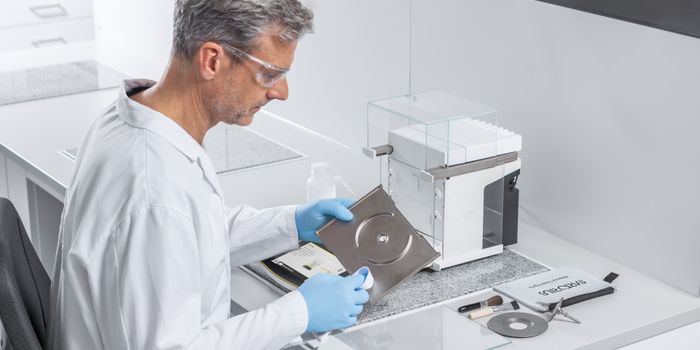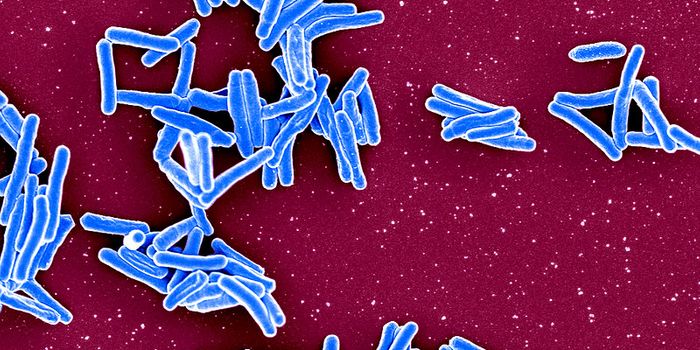New Artificial Muscle Technology
Scientists are always looking for ways to advance movements for robots. The adventure involves seeking new technologies and ‘soft’ robotics based on biomimetics.
Biomimetics are machine components used to mimic the actions of nature. For this study, these biomimetics were to mimic the movement of human muscles to ideally outperform them. The study is especially important because it notes the importance of transitioning robots to biological forms to assist humans in more ideal environments.
"We call these new linear actuators cavatappi artificial muscles based on their resemblance to the Italian pasta," says Michael Shafer, associate professor in the Department of Mechanical Engineering, at Northern Arizona University.
The study was published in a paper titled, "Cavatappi artificial muscles from drawing, twisting, and coiling polymer tubes”.
"The cavatappi artificial muscles are based on twisted polymer actuators (TPAs), which were pretty revolutionary when they first came out because they were powerful, lightweight and cheap. But they were very inefficient and slow to actuate because you had to heat and cool them. Additionally, their efficiency is only about two percent," Shafer said. "For the cavatappi, we get around this by using pressurized fluid to actuate, so we think these devices are far more likely to be adopted. These devices respond about as fast as we can pump the fluid. The big advantage is their efficiency. We have demonstrated contractile efficiency of up to about 45 percent, which is a very high number in the field of soft actuation."
Source: Science Daily









